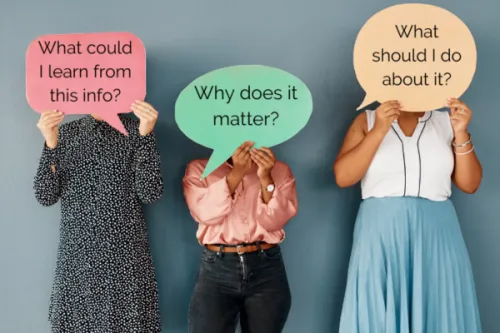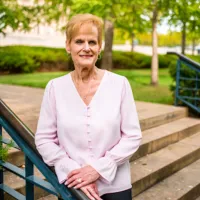
What Can We Learn From the Rise of Non-Denominationals and Dones?
There is yet another interesting statistical church trend leaders should watch and understand its impact. That trend is the rising percentage of Americans who are non-denominational. According to Ryan Burge, that number increased from less than 3% of the US population in 1972 to 7.5% in 2004,10% in 2012, and 22% in 2021. Non-denominational is now the second-largest religious tradition in the US behind the largest-ranking Catholic tradition.
While the non-denominational tradition has been growing, the Protestants have been in sharp decline. For example, in 1984 13% were Southern Baptists and 12% were United Methodists. In 2018, Southern Baptists made up 10% (down 3%) and 7.5% (down 4.5%) were United Methodists. Couple this with the statistic indicating 30% of US adults currently consider themselves as having no religion (atheist, agnostic, or nothing in particular). This group is commonly referred to as the“nones/dones.”
Why is this increasing non-denominational trend important to pay attention to during the simultaneous decreasing mainline and increasing nones/dones trends? These significant movements of people’s religious affiliations are indicators of change. As church leaders, it is important for us to understand what kind of indicators this movement is telling us and what we could be learning from this movement.
Let’s take a look at some of the key shifts in our culture. These cultural shifts provide great insights for a significant portion of the movement in people’s religious affiliations. Churches that remain relevant and relationally invested in their communities can usually find ways to bridge cultural divides and forego the drastic declines that so many churches do.
Because of more mobility, urbanization, and fewer family farms, many families no longer grow up in the same community as their parents, grandparents, and other extended family. The extended family gathering at church (or even at grandma’s house) on Sunday is not nearly as common as it once was. The multi-generational family chapels and small rural chapels are diminishing.
Going to church out of a sense of obligation is no longer true. A person used to have a sense of guilt if they didn’t attend church every Sunday because it was a societal expectation in a church-centric culture. In today’s culture where more people are unchurched than churched, church attendance is no longer a societal expectation.
One’s options for entertainment were much more limited in decades past. With limited television channels to view at only specific times of the day, many gathered with others to play cards, hold potlucks, or host community events. In today’s culture, people have many more options for entertainment. Many of today’s options are available in the privacy of people’s homes on demand.
While there are more ways to connect with people than ever, there is a mental health crisis of loneliness, isolation, and anxiety.
There is a general mistrust of government and institutions and their leaders.
While statistically, the majority of people could agree to disagree on almost any issue, the extreme outliers of any divisive issue in America are given the loudest voice and biggest platforms because of our social media algorithms and 24/7 news services. This provides a false sense of reality and representation.
Therefore, the non-denominational, nones, and dones are a rising statistical trend because …
They are in strategic locations that are increasing in population housed in facilities that are conducive to the ministries they offer.
They connect with people relationally, bridge community gaps, help people discover their gifts and passions and how to use them in impactful ways, and genuinely disciple people.
They provide a sense of community and belonging that is meaningful and supportive. People can openly explore their faith and ask questions without being judged.
The church is void of complex systems, has a strong missional focus and alignment, is fully transparent, and has authentic and vulnerable leadership.
They have open forums for discussions of the “difficult topics” where there is open dialogue and people are open to hear and listen to multiple perspectives.
How well has your church navigated these cultural shifts and stayed relevant and connected to your community? How specifically has your church shifted its methods and ministries? What are some further shifts your leaders might want to consider?

